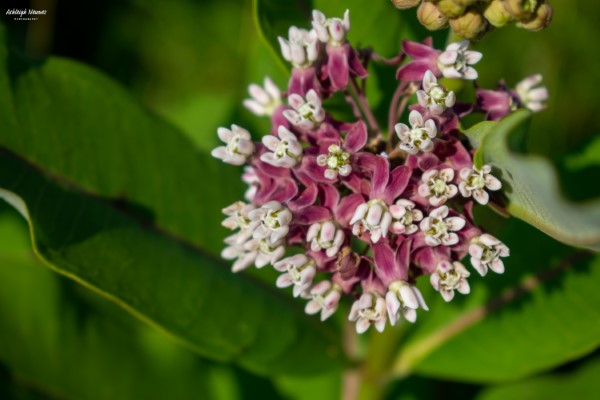
With winter fast approaching, so much is happening in the animal world. All the animals are preparing for the cold in their own ways. Hummingbirds are fueling up for their journey south, many mammals are gaining their winter coats, birds take to the skies to migrate and bees are getting in the last of their foraging before the remaining flowers go to seed.
In October, the eastern box turtles make their way to their winter hibernation sites, where they will stay for four to five months. During these months, their body temperature will drop, their eyes close and bodies go still. Their hearts still beat—though very slowly—until the spring, when they can emerge out of the soil and start a new year. These incredible little reptiles have a home range of just a one-mile radius, so their hibernation spot is usually the same, year after year. Many people do not know that once box turtles are removed from their home range, they spend the rest of their lives searching for that same site. It’s a really sad thought but an important one to remember. Turtles are a desirable pet and many will take them from the wild. But even if they try to give them a great life, the turtle will always be homesick.

October is a busy month for Murfreesboro-based turtle rehabilitator Rachel Singer. With the turtles on the move, roads are often in their path and there are so many unfortunate casualties. The brown leaves falling onto the roads make it even more difficult to spot a turtle, so keep those eyes peeled! The car and mower turtle casualties are brought to Rachel to have shells repaired, limbs and beaks patched up and wounds healed. Once healed, Rachel works very hard to get them back into their home range in the wild, no matter how precarious. Unfortunately, some do not make it that far.
So, what to do if you see a box turtle in the road? Pull the car over (safely), and place the turtle as far from the road as possible in the direction it was already heading. In doing so, you are not only saving that particular turtle’s life but you are contributing to the conservation of this unique native species.

Another fun way to help wildlife this October is planting and protecting milkweed! Milkweed is the only food source for the monarch caterpillar. Sadly, like many other creatures, the monarch butterfly population is declining due to habitat loss. Milkweed is a very easy plant to take care of and their intricate flowers are a perfect addition to any yard. Common milkweed (asclepias syriaca) is the preferred food source for the monarch caterpillar but they will also eat swamp milkweed (asclepias incarnata), butterfly weed (asclepias tuberosa) and other species of milkweed. Common milkweed is often found in yards, fields and on the side of the road. When mowing your yard, haying your field or weed-eating your ditches, leave that milkweed standing tall. Not only do you now have a free stand of beautiful perennial flowers on your property, but this small act is a huge contribution to the preservation of this beautiful butterfly.

Amazingly, monarchs are the only butterfly to make a two-way migration, just like birds. They fly to Mexico for the winter and fly back up north in the spring. This is why October is a very important month for the monarchs. It is vital that they have enough milkweed to lay eggs on, for their caterpillars to eat and get as many butterflies as possible to make their huge journey to Mexico for the winter. The more milkweed we plant, the more butterflies will survive another year, and the more generations can emerge the following year. If we work together, by doing these super-easy tasks, we can help stabilize this population and, in time, even make it thrive again.
Small acts go a long way, and there are so many things that we humans can do to ensure the longevity of our diverse native wildlife population. This month, let’s all try to aid our friends the box turtle and monarch butterfly in their harshest season.












